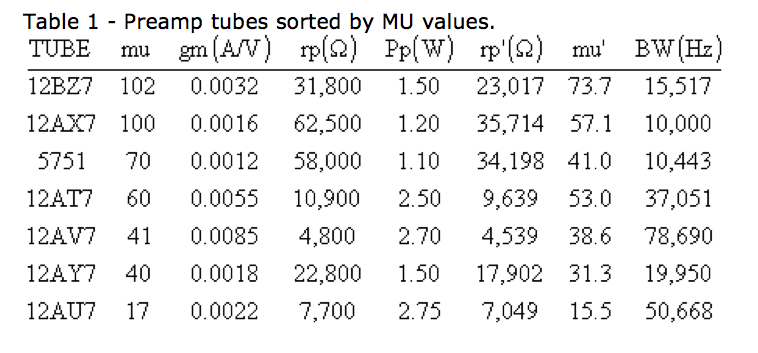Dave1234
Tele-Afflicted
So I' m thinking that 12AV7 valves are like a tenth of the price of 12AX7. I know they are lower gain, but can they be used in a 5f1 without any issues? Did try one in my 5e3 just to try it out, but not for any extended time. Any ideas anybody?

